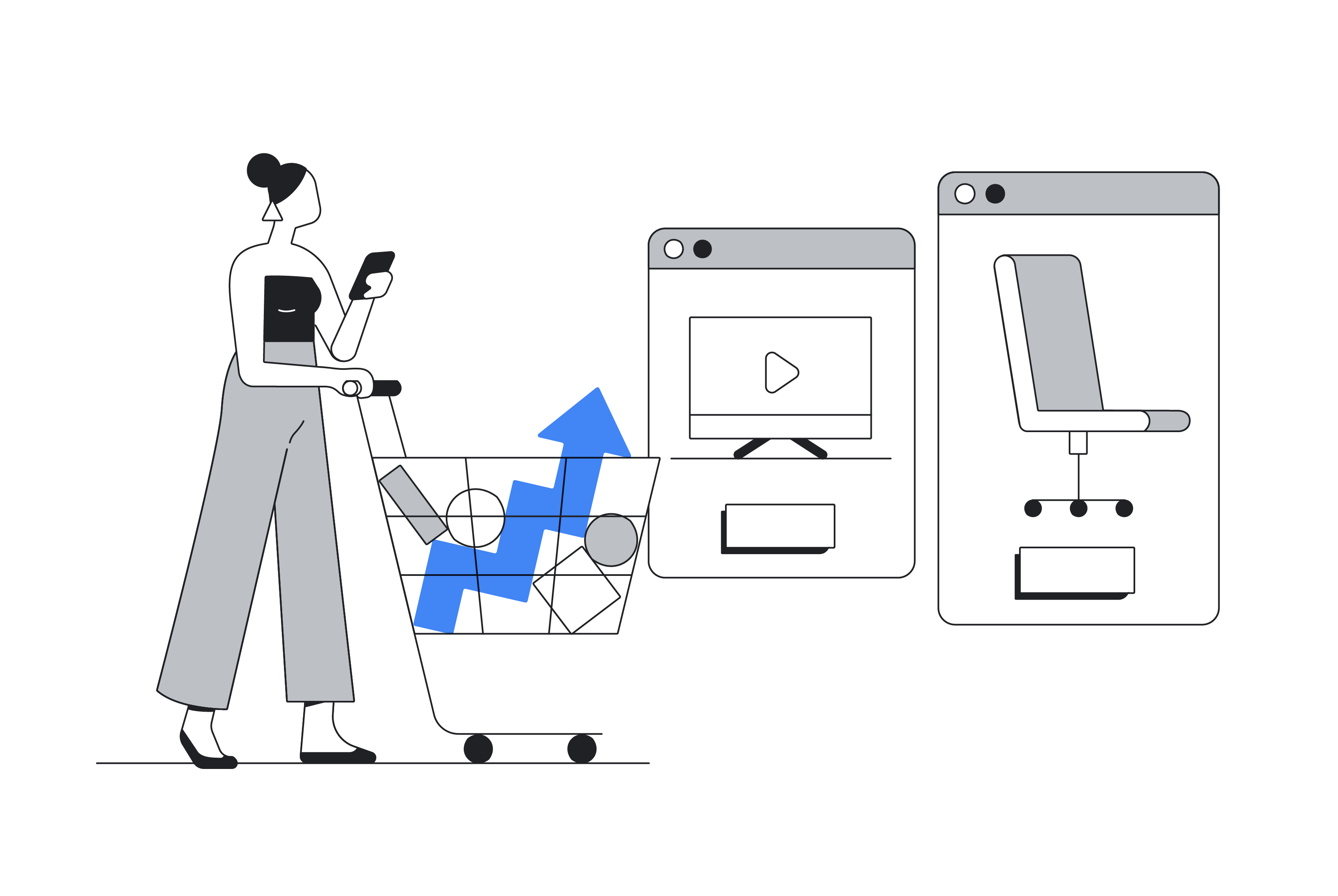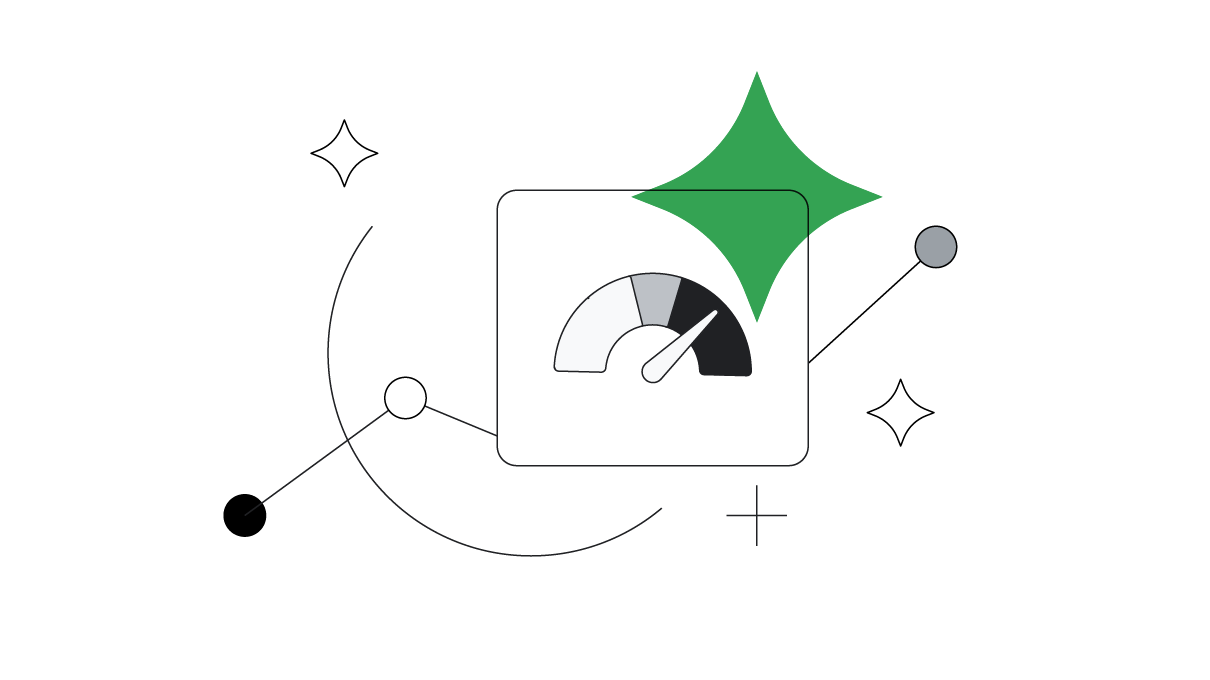In a uniquely challenging time for retail, online-only fashion brand ASOS has defied the market to record an unprecedented period of growth and success. The company recently reported a 253% leap in half-year profits, with revenue soaring by 24% to nearly £2bn.
As ASOS continues its ambitious plans for global expansion, we spoke with Carolina Vicente, director of media investment, and Helen Jedrzejewski, PPC lead. We found out more about the experimentation roadmap behind this growth — and how their measurement approach also enabled them to supercharge their YouTube strategy.
Their ‘always on’ approach to testing with company-wide support has created an ecommerce success story with valuable learnings for retailers of any size. Here are eight ways to apply ASOS’s innovative approach to your own business.

Actively seek new levers of growth
Going into the second part of last year, our focus shifted to finding new levers of growth across different platforms. We were still explicitly trying to drive sales, but we wanted to test whether channels that are traditionally used for upper funnel activity, such as YouTube, could be just as effective at doing this — which we have since proven.
Video action campaigns and Discovery ads have been very effective in driving sales, by finding people who are in more of a browsing state and bringing them to the site. They allow you to get the best of a full sight and sound platform while optimising performance objectives. Utilising Discovery ads, we saw a 481% return on ad spend across all conversions, plus a 1.07% click-through rate versus our 0.5% benchmark.
Put measurement at the forefront
Triangulating your data is essential for getting a clear picture of what each channel brings to your marketing mix. This is especially true on platforms such as YouTube, where you can’t necessarily measure on a last-click basis, due to its heavy presence in the upper funnel.
But great measurement tools are of little use without reliable data to base it on. Having everything implemented properly and ensuring you’re looking at the right things is vital. For instance, if it’s incremental new customers you care about, make sure you’re set up to measure that.
We have a whole philosophy around testing: if you don’t do it, you don’t grow.
Lean into incrementality
We have an experimentation roadmap that enables us to prove value at a smaller level before we scale up.
You don’t necessarily need to go all in, all the time. It’s about being open to testing hypotheses and trying different channels — or markets within channels. And it’s so much easier to do this with an incrementality approach to prove the value.
In 2020, we ran brand lift studies in tandem with geo experiments to get a detailed understanding of incremental lift, across markets and across multiple metrics. The suite of user lift studies allowed us to capture incremental impact on brand metrics, brand searches, and website activity, while geo experiments enabled us to measure incremental sales and incremental ROI. These proof points across customer segments allowed for flexibility in our measurement framework and a holistic view of campaign impact. In the U.S., we saw a 22% lift in site visits and sales, along with a 14% lift in brand consideration. This equated to 360,000 new users now considering buying from ASOS.
Our Video action campaigns are traditionally geared to drive lower-funnel metrics. However, we’ve seen the impact is far more wide-reaching than that. For example, in Canada, alongside 45% lift in conversions, we saw a 200% lift in brand recall and an incredible 300% lift in searches — showing that upper funnel activity can move the needle on both traditional brand metrics and lower-funnel revenue drivers.
Our experimentation approach is ‘always on’. Just because something has proven successful in the past, it doesn’t mean you shouldn’t test it again. You have to revalidate and check the investments you’re making are still sound. The market and technology doesn’t stay still, and we can’t stay still either.
Make your testing visible
We have a whole philosophy around testing: if you don’t do it, you don’t grow.
But while we’ve always measured the impact of any marketing changes or tests we’ve run, there’s a key difference now — when we test, we share the results across the business.
Previously, with Search ads and Shopping ads tests, information sat with the media owner, but now it’s shared more widely to enable accountability and action. When the business as a whole can see the impact of a change, it’s easier to get everyone on board with the importance of the work we’re doing in marketing.
Create a culture of experimentation
The size of your organisation shouldn’t impact your experimentation roadmap or how nimble you are. It’s all about culture: ensuring the business is behind your approach, that it’s taken seriously, and that you have the support of a team to help you measure and prove impact.
At ASOS, there is so much willingness and support for testing, be it from the insights team or the CEO, Nick Beighton. There is an openness across the company to experiment and find what works for us, then we can figure out the more functional side of the job, like tech and resources.
Our company culture is built around continuous testing and experimentation, without fear of failure. We know that not every activity will be successful but it always provides insight, and we’re always learning. And there's never a question of should we run a test, but how best to do it to ensure we grow and develop.
Our goal isn’t simply driving sales, but reaching people who we haven’t spoken to before.
Understand differences in order to expand globally
From a global growth perspective, the challenge we have is that no two markets are the same. We also can’t approach each one with the same intensity all the time, so we need to prioritise. Sometimes it’s just not the right moment for a particular market, whether that’s down to the competitive landscape or the current delivery proposition. You have to identify where the best opportunities are —not, as we say, ‘push a whale up a beach’.
The aim with these priority markets is to have a good understanding of what an effective full-funnel model looks like for that specific territory. We need to figure out how we can reach people in the right way, with media investment and channels. For example, we’ve made YouTube an engaging part of a fuller journey, using it to build the ASOS brand globally, not just utilising it to squeeze the bottom part of the funnel.
Close the gap on data
First-party data is incredibly important to us. Yet in a more privacy-centric web, where advertisers rely less and less on cookies, what we’re measuring on a last-click basis becomes less workable. That means it’s key to rethink our approach to consumer insights.
Using Google features, such as data-driven attribution and enhanced conversions, allows us to get a holistic and more accurate view of conversions. Through the new attribution reports, we can see how search, YouTube, and display ads work together. We account for non-click based activity, cross-device behaviours and allocate credit with data-driven attribution - all of which allows us to make budget decisions accordingly.
Clearly, browser restrictions limit what we can see and measure, but by integrating first-party data with Google, we‘re able to attribute the full conversion impact to ad events, such as clicks or views.
Plan for the next generation of shoppers
For ASOS brand awareness campaigns, there’s still lots more we want to test and discover, and lots to do in regards to optimising creative and measuring impact. But we feel we’ve made real progress, utilising platforms that are traditionally seen as upper funnel, like YouTube, to appeal to new customers that we haven't been able to reach through other performance channels.
Our goal isn’t simply driving sales, but reaching people who we haven’t spoken to before. As a retailer largely serving people in their twenties, we always need to be engaging with the next generation of shoppers — to have them come through the door and discover what ASOS is about.









